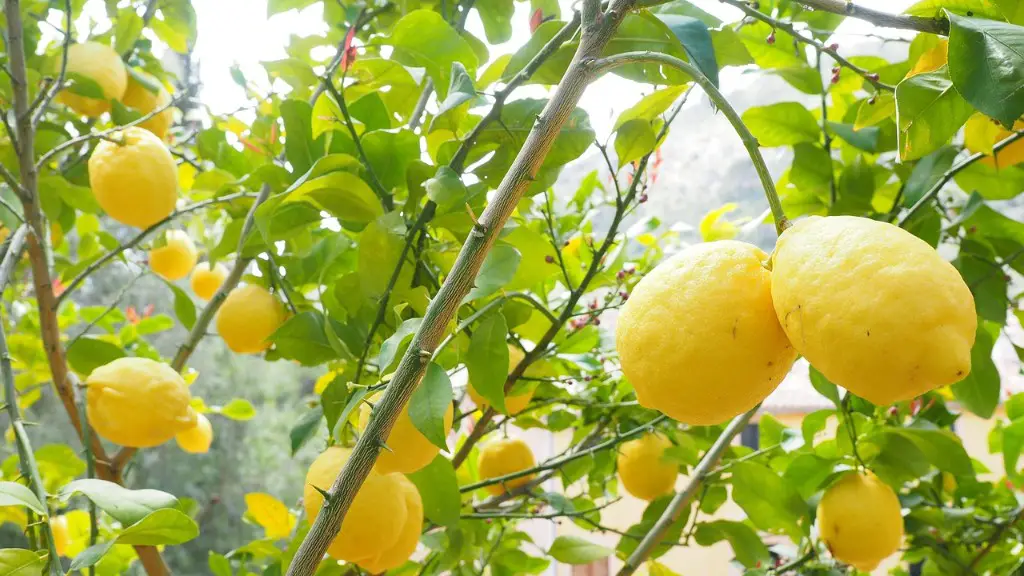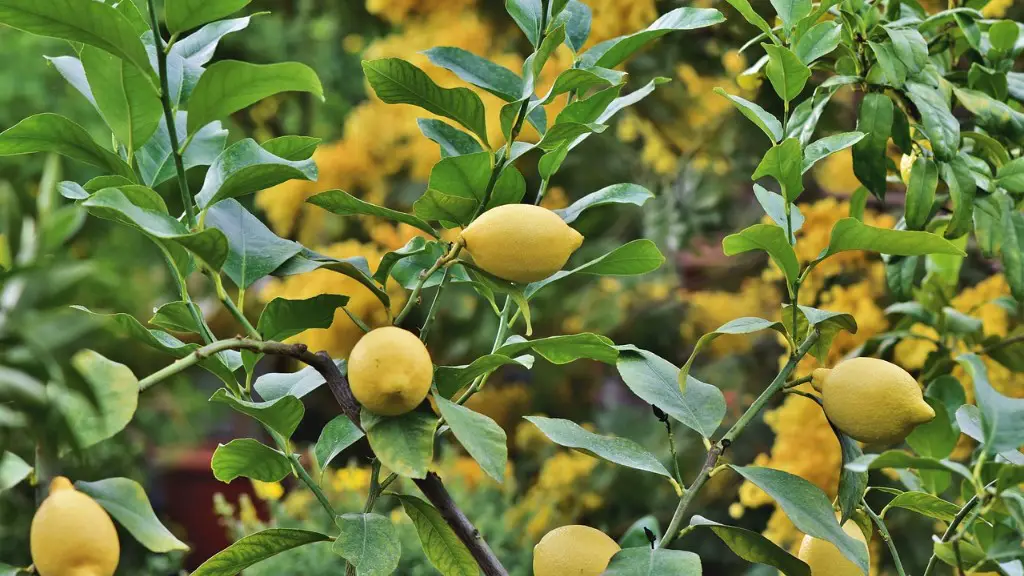Watering Basics
To properly water an avocado tree, you need to understand the basics first. Avocados are drought-tolerant, but regular irrigation will ensure the best growth and a steady, plentiful harvest. Avocado trees need around 25 gallons of water every week—more during periods of drought—which breaks down to about three gallons of water per day. When your tree is young, you may need to water more often.
The key to properly watering an avocado tree is to check its soil for water levels before you irrigate. The best way to check moisture levels is to take a shovel, dig a few inches in the ground, and measure the dampness of the soil. If it feels wet, then don’t water. But if it feels dry, you’ll need to add water.
It’s also important to water early in the day so that your avocado tree has plenty of time to absorb the water before the sun goes down. Watering in the evening can lead to damp patches that are more prone to fungal diseases.
Signs of Underwatering
Avocado trees require regular access to water to prevent underwatering. Signs that your tree may not be getting enough water include brown leaves or flowers, leaf drop, stunted or slowed growth, or even yellowing or wilting leaves. If you spot any of these issues, you should start watering more frequently.
If you notice the leaves of your avocado tree drooping, it usually means you haven’t been watering it enough. The leaves of an avocado tree should be firm in texture and bright in color.
It’s also important to pay attention to the soil around your tree – if it dries out quickly, for example, you may need to increase the frequency of your waterings. To figure out the water needs of your particular tree, it’s best to consult an expert.
Overwatering Effects
It’s possible to overwater an avocado tree just like any other plant. If you water too much, the soil will become overly wet and waterlogged, particularly in hot weather. The water won’t be able to drain away and will pool around the tree’s roots, leading to root rot.
Overwatering can also lead to brown patches on the top of the soil, which may be a sign of root rot. The patches will be concentrated around where the most water is collecting. Root rot can cause more serious problems in your tree, so if you notice these signs, you should stop watering and contact an expert.
In addition, the leaves of your avocado tree may turn yellow or brown if it’s being overwatered. If all of the leaves suddenly turn yellow, this is a sign of root rot and your tree needs to be treated.
Additional Watering Tips
Avocado trees require regular waterings, especially during periods of drought or hot weather. However, you should avoid providing too much water in one sitting – it’s best to water your tree in two or three sessions throughout the day, which will give the water a chance to get absorbed. This is especially important during hot weather; otherwise, the water may evaporate or evaporate too quickly.
It’s also important to mulch your tree and put down a layer of compost around the base of the tree to help lock in water. The mulch will also help insulate the tree against temperature shock and ensure continual access to moisture.
Finally, try to avoid fertilizing your tree too often. Too much fertilizer can easily damage the roots of your avocado tree, leading to overwatering and root rot.
Gauging Water NeedsUnderstanding the water needs of your specific avocado tree is important to ensure that it remains healthy and productive. Avocado trees can be quite sensitive to environmental fluctuations, so it’s important to get an expert opinion before changing your water routine.
An expert can help you identify the unique needs of your avocado tree and tailor an irrigation plan that will provide the optimal level of water for your specific species. Generally speaking, though, avocado trees need between 25 and 50 gallons of water each week.
It’s also important to pay attention to your tree’s leaves – if they are drooping, the tree needs more water. On the other hand, if there are signs of root rot, you should reduce the amount of water you’re giving your tree.
Best Time to Water
The best time of day to water your avocado tree is early in the morning. Watering early in the day gives the tree a chance to absorb the water before the sun rises, which will help ward off disease. The soil should be damp but not soggy, so avoid overwatering.
You should also avoid watering your tree in the evenings since this can lead to damp patches, which may result in fungal diseases. Moreover, the water won’t get absorbed properly, which could lead to root rot.
Finally, try to avoid water during the hottest parts of the day – midday and late in the afternoon – or during very windy conditions. The wind can quickly evaporate the water, leading to irregular watering and potential root rot.
Conclusion
Avocado trees require regular access to water to stay healthy, but too much or too little water can be detrimental to their growth. To ensure the best growth and a stead, plentiful harvest, avocado trees need around 25 gallons of water every week. It’s best to water in the early mornings and look out for signs of underwatering and overwatering.
To properly understand the water needs of your particular avocado tree, it’s best to consult an expert. Ultimately, with proper watering and a few helpful tips, your avocado tree should thrive and produce plenty of delicious avocados.




